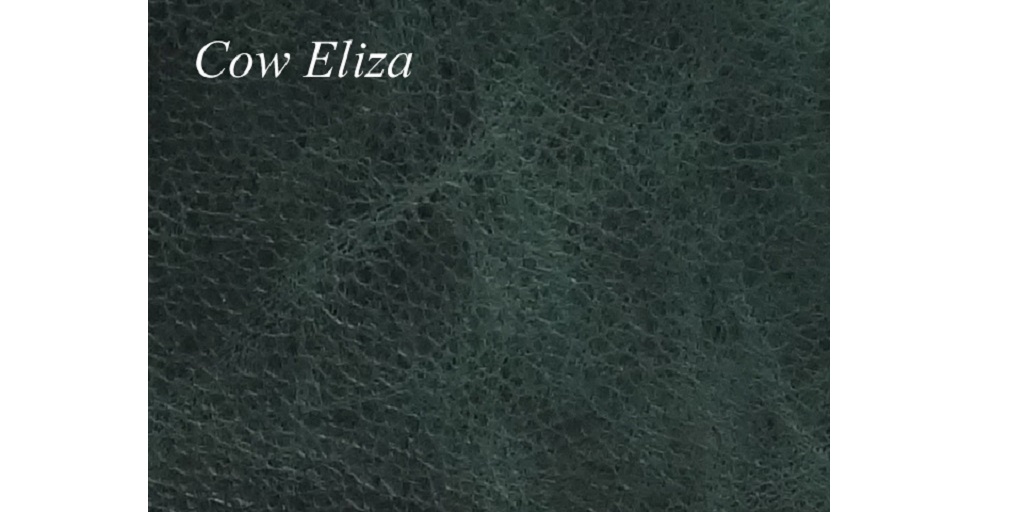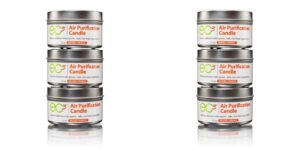
The quality of your leather products ultimately depend on the leather you choose for your project. Leather is an exclusive kind of topic and you need to know several things to be able to choose the right leather that will best align with the type of project you have in hand. Here are a few tips from leather exporters in India on how to choose the right leather material for your project.
Which is the best leather?
Practically speaking, there is no one type of leather that can fit in all types of projects. Therefore, the question of which leather is the best does not arise in any project. The type of leather that will best address your requirement will depend on the object you want to make and the looks you want to achieve. For greater clarity on this subject, the advice from leather experts discussed below will help you approach the topic of buying the right leather for your project.
Matching leathers and projects
Cowhide can be used to make shoes, bags, furniture and belts. Goat skin is the best choice for shoes, bags, clothing and gloves. Calf skin will best suit making bags, wallets, clothing and shoes. Eel skin is the right pick for making bags and shoes. Sheep skin is the popular choice for shoes, bags and clothing.
Ostrich leather is ideally suited for making bags and shoes. With snake skin, you can make clothing, bags and shoes. Stingray leather is highly preferred for belts, clothing and bags. With pig skin, the popular products made are gloves, shoes and bags.
Crocodile skin is sought after to make bags, belts and shoes. Kangaroo skin is ideally suited for making clothing and shoes. In this paragraph, if you do not find a particular type of skin for your project, it means it does not make a good choice for your project. However, this is an expert topic and with experience and gathering information, you will be able to make better decisions eventually.
Leather goods and bags
When it comes to choosing leather for shoes and bags, you must know that sheep and bovine hides are highly suitable for manufacturing totes, bags, wallets, bindings, accessory cases, suitcases, clutches and covers.
Shoes and footwear
While calf skin is the most popular pick as raw material for shoes and footwear, sheep skin is also preferred for these categories. These two types of leather are characterized by diverse kinds of qualities and hence you must make an informed decision while picking up the right one for your project. When it comes to footwear, the two types of choices available are split leather and full grain leather.
Clothing and garments
For making clothing and garments for instance, you need fine, soft and light leather. Sheep and goat skin are the best suited options for such projects. You can make wonderful gloves, coats, skirts and jackets with this type of leather.


